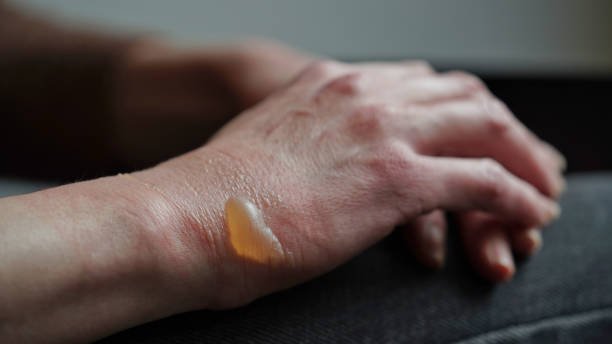Ten common skin conditions & their treatment options
The skin, our body's most expansive organ, serves an impressive variety of functions, from waste excretion in sweat to acting as a protective shield for underlying tissues. Yet, our skin is not invincible. Factors like a weakened immune system, excessive drug use, and external allergens can lead to various skin problems—the details of the top ten skin conditions, their causes, and potential treatments are given below:1. Eczema (Atopic Dermatitis):
Eczema is often referred to as atopic Dermatitis. It is an allergic response that manifests as red lesions predominantly on areas like the elbows, knees, thighs, and lower back.Causes: Genetic predisposition, environmental triggers, and a compromised skin barrier.Treatment: While no definitive cure exists, managing eczema usually involves moisturizing regularly, using topical steroids, and avoiding known triggers.2. Psoriasis:
Psoriasis, an autoimmune disorder, leads the body's immune system to attack healthy skin cells mistakenly. This results in scaly patches, especially on the knees and elbows.Causes: Genetic factors, stress, certain medications, and infections.Treatment: Topical treatments, phototherapy, and systemic medications help manage psoriasis symptoms.3. Drug Rashes:
Prolonged use of certain drugs, such as steroids, can result in drug rashes characterized by red spots or patches.Causes: Adverse reactions to medications.Treatment: Discontinuing the responsible drug and using antihistamines or corticosteroids can help.4. Rosacea:
Rosacea results in redness, visible blood vessels, and sometimes pus-filled bumps.Causes: While the exact cause is unknown, factors like UV exposure and oily skin can exacerbate it.Treatment: Topical treatments, oral medications, and laser therapy are commonly employed.5. Heat Rashes:
Characterized by small red bumps, heat rashes occur due to blocked sweat ducts.Causes: Prolonged sun exposure, excessive sweating, and restrictive clothing.Treatment: Keeping the area dry, using medicated powders, and wearing breathable clothing can offer relief.6. Acne and Pimples:
Acne is a widespread issue that manifests as pimples, blackheads, and cysts, mainly on the face.Causes: Hormonal changes, bacteria, oil production, and clogged hair follicles.Treatment: Over-the-counter treatments, prescription medications, and light or laser therapy can be effective.7. Warts:
Warts are growths caused by the HPV (human papillomavirus).Causes: Direct contact with HPV.Treatment: Over-the-counter treatments, cryotherapy, surgical removal, and laser therapy are some options.8. Herpetiform Dermatitis:
This rare condition results in itchy bumps and blisters.Causes: Gluten intolerance, stress, and certain medications.Treatment: Gluten-free diet, dapsone, and other medications help control symptoms.9. Melasma:
Melasma causes dark patches, often on the face.
Causes: Hormonal changes, sun exposure, and certain skincare products.
Treatment: Topical lightening agents, chemical peels, and laser treatments can help.
10. Contact Dermatitis:
This inflammatory skin condition results from contact with irritants or allergens.Causes: Cosmetics, soaps, plants, and other allergens.Treatment: Avoiding the allergen, using topical steroids and oral antihistamines.Conclusion:
Skin problems range from mild to severe, but understanding their root causes and potential treatments is crucial. Always consult a dermatologist for proper diagnosis and therapy, ensuring that any condition is tackled head-on before it exacerbates. For more details you can visit our Dermatology department at JIET Hospital, Jodhpur.












